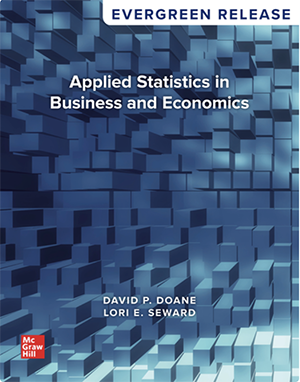Navigating the New Landscape of Career Readiness with Excel Skills and Beyond
Business graduates now need a diverse set of data science skills, including proficiency in Excel, R, Python, and more, to meet modern employer demands and enhance career readiness. Learn how our Doane author team prioritizes career ready skills in their title.
Not so long ago, a graduate with a major in a business discipline would be prepared for most job interviews with basic skills in statistics and Excel. Today, the data analytics tsunami has unleashed a daunting potpourri of data science skills beyond Excel that many employers consider desirable and even necessary.
The Big Three
· Python (free, versatile, stats library, but requires programming)
· R (free, well documented, power stats, but requires programming)
· SQL (data management essential, but requires training)
Other Hot Skills
· Java (web applications)
· SAS (powerful, offers certification)
· C/C++ (coding mainstay)
· Julia (some technical areas)
· Swift (Apple programming)
· MATLAB (science education)
Publishers are offering self-guided training beyond textbooks such as Excel skill badges (e.g., McGraw Hill SIMskills Badges), allowing students to demonstrate proficiency as they enter the job market along with fee-based Web “bootcamps” have arisen to help graduates boost their resumes. Business schools offer myriad master's programs, certificates, and elective classes that emphasize coding, modeling, data visualization, and data cleaning. Despite all these offerings, knowing which set of skills on which set of platforms employers want can still be confusing.
Excel remains THE most popular software in business due to its accessibility and its powerful capabilities for organizing, visualizing, and manipulating data. Additionally, it serves as a bridge to programming in R and Python, helping students develop more advanced analytics skills.
Applied Statistics and Business Economics, emphasizes Excel and business applications with new Integrated Excel exercises and concept videos, and introduces optional sections on R in each chapter, reflecting the growing use of advanced analytical tools. This comprehensive approach ensures students are well-equipped with both foundational and advanced tools for data analysis.



